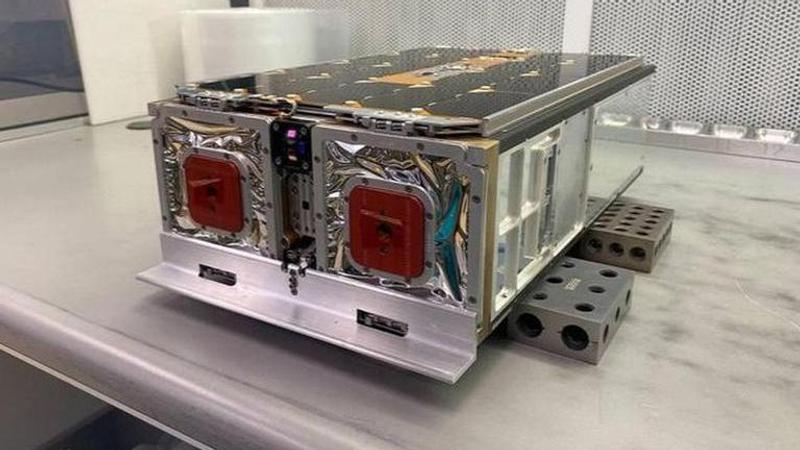Published 20:41 IST, July 5th 2022
NASA launches shoebox-sized satellite to understand sun's influence on Earth's climate
NASA launched its Compact Total Irradiance Monitor (CTIM) satellite to measure the inbound solar radiation and understand how the sun affects Earth's climate.

NASA has unveiled a new small satellite which will measure the inbound solar radiation to improve its understanding of how the sun affects weather on Earth. Already launched on July 2 aboard STP-28A, a Space Force mission executed by Virgin Orbit, the shoebox-sized satellite named Compact Total Irradiance Monitor (CTIM) will also collect information relating to climate change and other global forces. According to NASA, this is the smallest satellite ever dispatched to observe "total solar radiance", which is the sum of all solar energy received by the Earth.
NASA launches game-changing demonstration mission
The CMIT is a demonstration mission to determine if small satellites could be as effective at measuring total solar irradiance as larger instruments. The agency says that this new satellite would be perfect for measuring the total solar irradiance because its radiation detector absorbs 99.995% of incoming light using a new carbon nanotube material. Dave Harber, a senior researcher at the University of Colorado and principal investigator for CTIM said that the satellite will begin its mission a month after its launch.
Measuring the total solar radiance is important because it is considered a major component of the radiation received by Earth and it tracks the balance between incoming and outgoing solar energy. NASA says that an increased amount of greenhouse gases traps higher amounts of solar energy within Earth’s atmosphere, which in turn raises global temperatures. And as a result of high temperatures, Earth's climate starts changing which causes a rise in sea levels and severe weather. "It (total solar irradiance) is a key input for predictive models forecasting how Earth’s climate might change over time," Harber said in a statement.
It is missions like these that have enabled scientists to determine the role of greenhouse gases in amplifying climate change and rule out increased solar energy as the real culprit. Talking about the commencement of the mission, Harber said, "We want to take our time and make sure that we’re doing these steps rigorously, and that each component of this instrument is working correctly before we move on to the next step."
Image: NASA
Updated 20:41 IST, July 5th 2022



